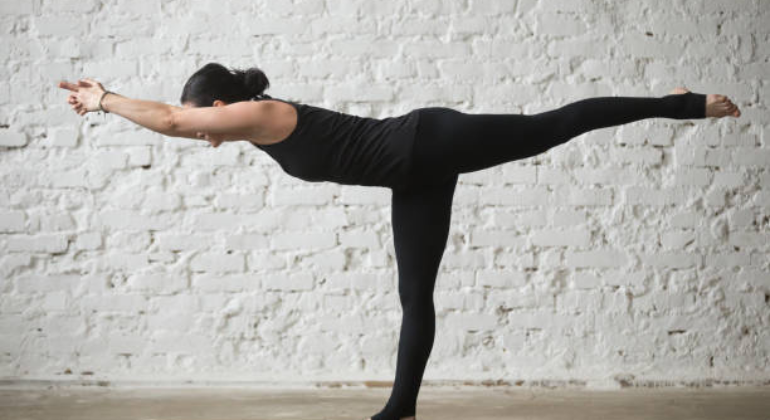Effective Relief Through Balance Training:
Actions To Take:
- Begin with basic balance exercises, such as standing on one leg or using a stable surface, before progressing to advanced techniques.
- Incorporate exercises like planks or bridges to strengthen core muscles, which are essential for maintaining balance and reducing pain.
- Utilize tools like balance boards, stability balls or resistance bands to enhance your training and achieve better results.



















